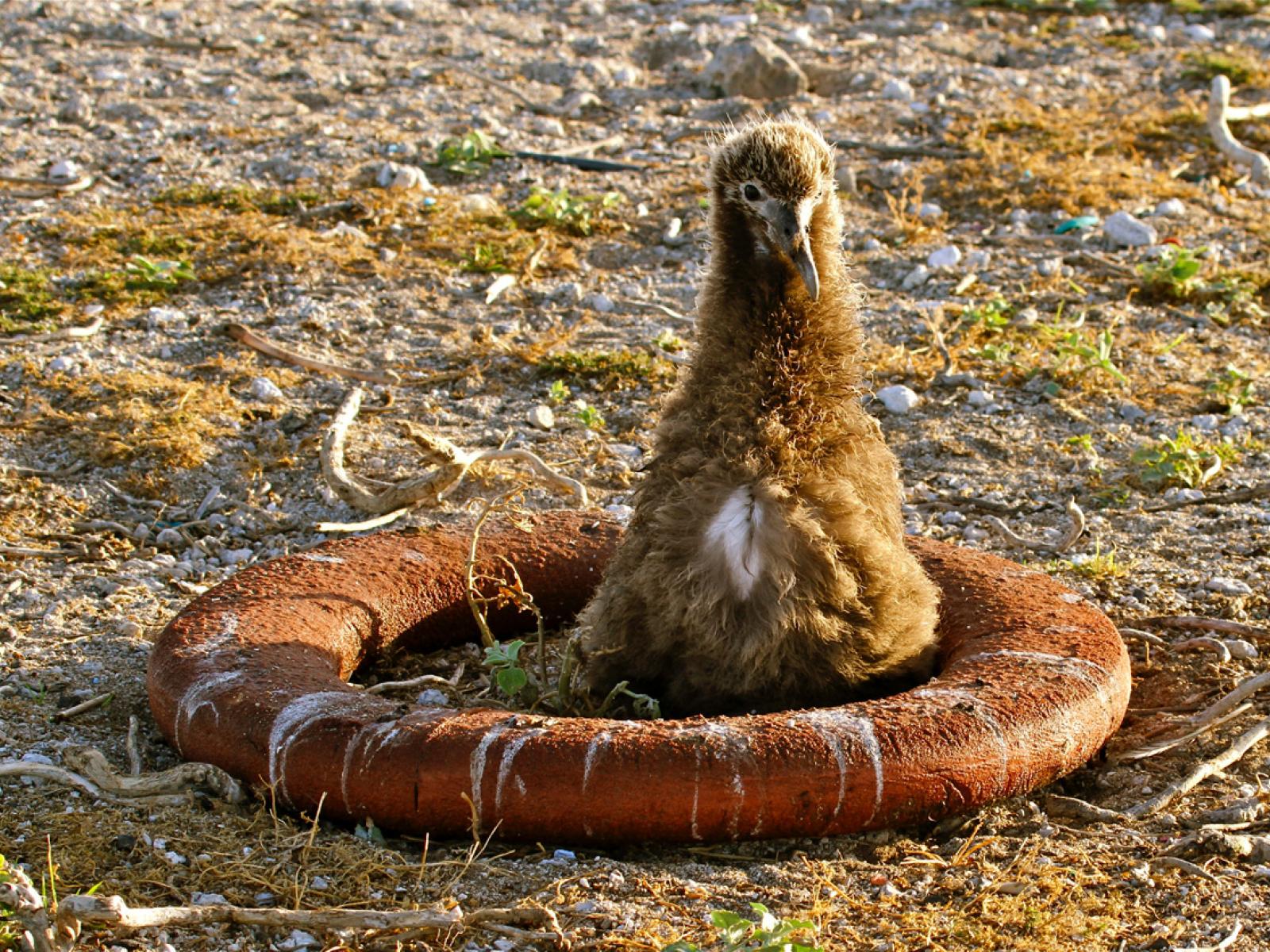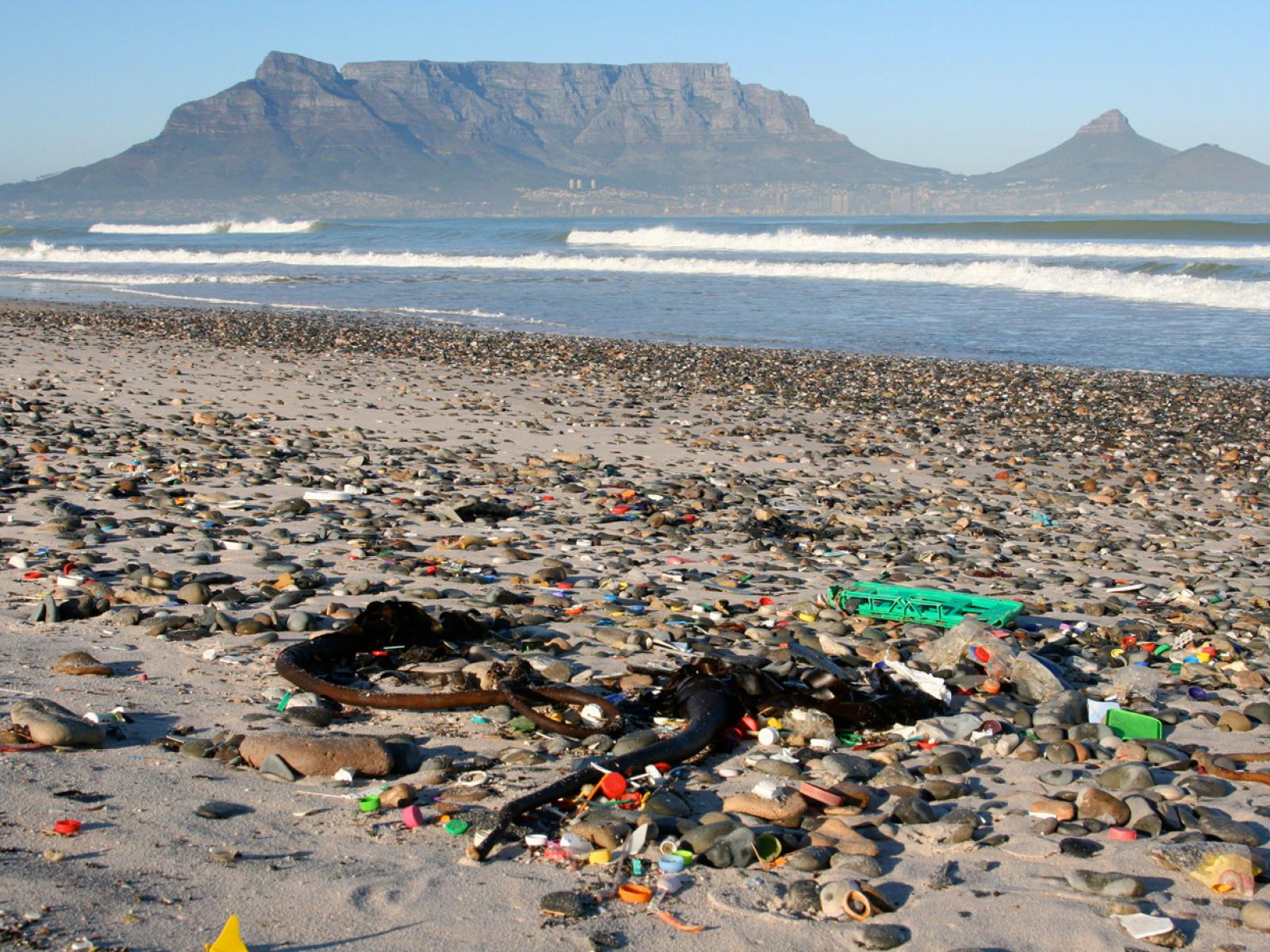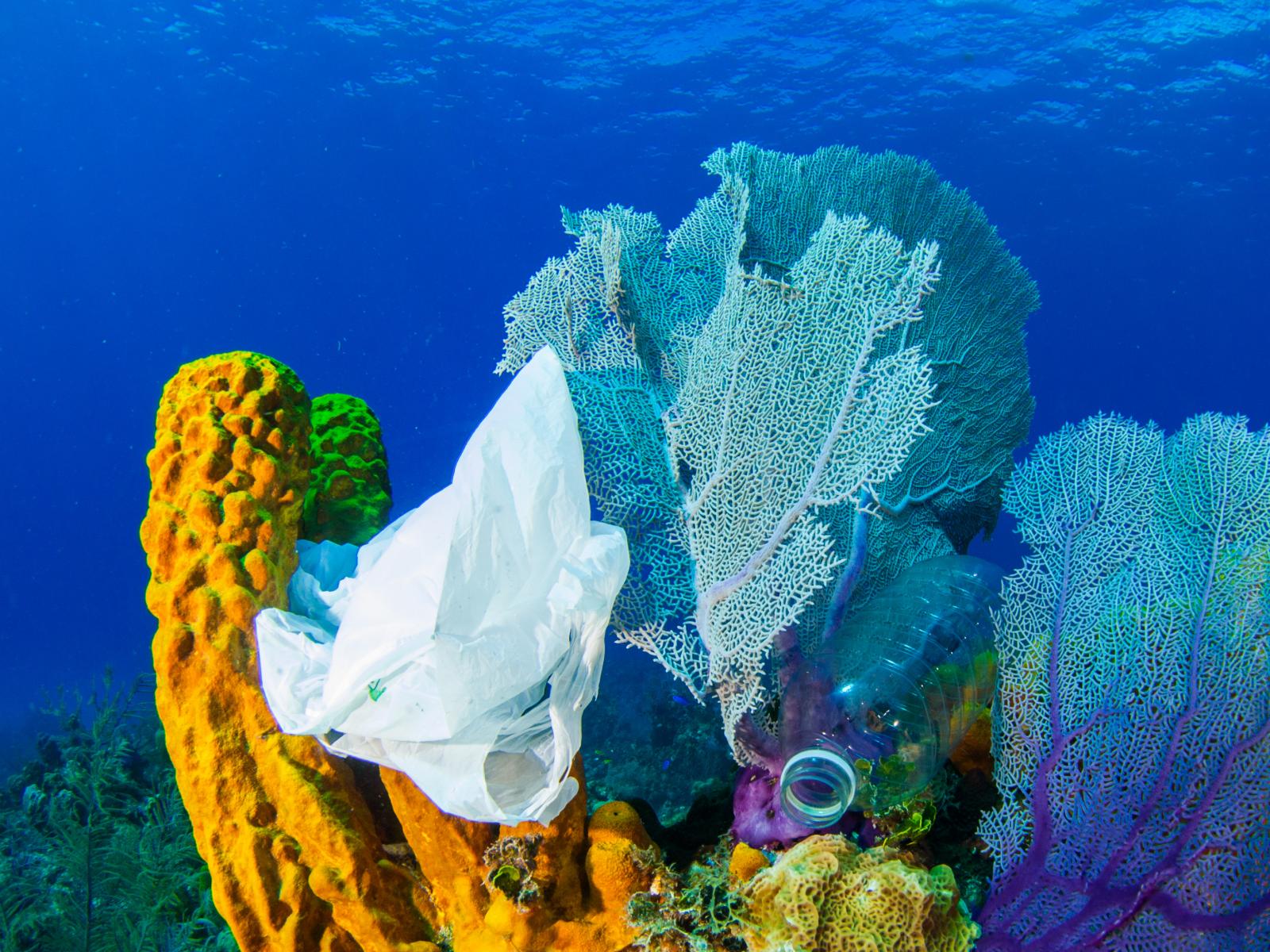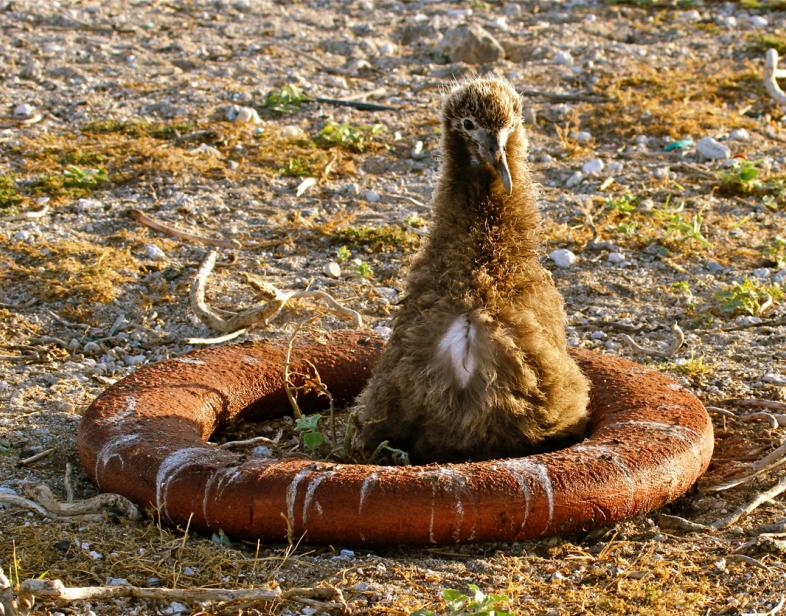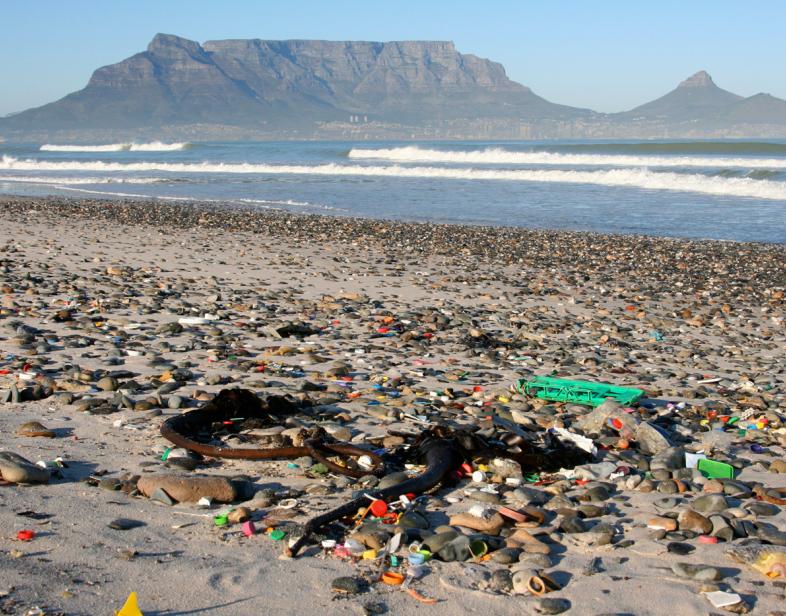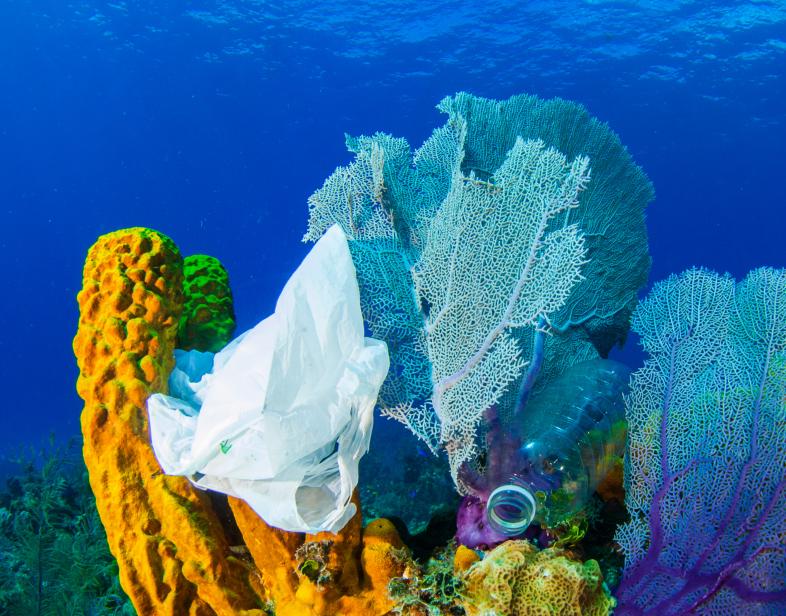An Overview Of Our Solution
All ocean health problems are rooted in a single cause: human behavior. Decades of research has shown that awareness alone does not equal action. Since 2014, Oceanic Society has worked with behavioral experts at Stanford University and partners from the nonprofit and business sectors to develop new approaches to conservation communications that go beyond merely ‘raising awareness.’ We have discovered a tremendous need and opportunity for the nonprofit community to collectively 1) improve the quality of our communications efforts (using behavioral sciences), and 2) reach new and important audiences that are not currently targeted. These needs are especially pressing for the issue of ocean plastic pollution. We have created a campaign called #OCEANPLASTIC that will reach millions, and foment the most vital type of behavior change: the common, everyday variety.
- Population Impacted: 10,000,000
- Continent: North America
Primeiro nome
Sobrenome
Tipo de organização
Análise de contexto
We piloted our approach in an award-winning four-part “Blue Habits” film series in 2020 that taught us important lessons, and grew a sizable audience. We have now begun a follow-on campaign – #OCEANPLASTIC – that will begin by producing a first ever “State of U.S. Ocean Plastic Communications Report” that compiles audience data, plastic pollution data, and uses online social listening tools to examine conversations around plastic pollution and ID audience needs, opportunities, and gaps. The report will define key U.S. regions and audiences who are not currently “getting the message” but need to, as well as identify influencers, multipliers, partners, and messaging “hooks.” Using this study, we will pursue a multifaceted digital communications campaign that employs video, photo, graphics, websites, memes, and other content to leverage news media, influencers, and partners to reach our target audiences with research-driven, focused messaging.
Descreva a solução técnica que você queria que o público-alvo adotasse
The U.S. generates more plastic waste than any country in the world (between 1.1 and 2.2 million metric tons per year), an estimated 289 lbs (130 kg) per person per year, a problem that has only accelerated since COVID-19. Litter, illegal dumping, and waste exportation make the U.S. the third largest contributor of mismanaged plastic waste to the marine environment (1.45 metric tons per year), behind only Indonesia and India. U.S. consumers have the desire, means, and responsibility to reduce ocean-bound plastic waste. We will develop the campaign’s content with the goal of tangibly reducing ocean plastic pollution by combining our audience research, best practices from behavioral science, plastic pollution data, and expert storytelling. We will ‘meet our audiences where they are’ (rather than expect them to find us), and help them to move them from awareness to action.
Descreva sua intervenção comportamental.
A key element of our approach is meeting audiences where they are and moving them from awareness to action through re-targeting. This means delivering content based on geography and demographics, but also based on issue awareness. Our campaign will create content for each stage of the impact funnel, narrowing and focusing our efforts as we get closer to action to maximize conversions and track progress. We will bring our audience through these three phases:
1.) Awareness: Create media that establishes familiarity with the issue of ocean plastics and reaches a broad audience to identify key audience segments for re-targeting. Focus on attention grabbing content that is highly sharable.
2.) Engagement: Create media that is tailored for a specific communities and includes personally relatable stories. Work with local partners and influencers to distribute strategically.
3.) Action: Create short, highly-targeted calls to action for key demographics and harness paid advertising to ensure maximum clickthrough to our action page. Use tracking data from earlier stages to ensure that audiences are ready for action.
Since impact is the critical goal of the campaign, we will work to understand exactly what we achieved, what messaging was most effective, and what actions helped us reach out goal. Then, we will report on that and share lessons learned with partner NGOs to make sure the movement can continue to push forward toward a healthier ocean.
Alavancas Comportamentais Utilizadas
Conforme necessário, explique como você utilizou a(s) alavanca(s) com mais detalhes.
Armed with data from phase 1, we’ll develop a communication strategy that targets key issues and opportunities among the right people in the right places to achieve maximum impact in reducing plastic pollution.
With the research and strategy as guides, we will create highly engaging targeted content using the above behavioral levers to influence our key audiences. Short films for web will be paired with compelling written content to provided audiences with the tools to empower change. Additionally, we will coordinate user generated content and influencer content to compliment and expand our creative reach.
Once the content is produced, we’ll work with partners to maximize reach through targeted distribution, leveraging influencers and online social data to maximize engagement. We’ll also monitor the state of the cause and our impact live with social listening data to ensure our messaging and behavioral levers can adapt to the ever changing social landscape.
Descreva sua implementação
To complete this campaign, we will:
- Produce the first State of U.S. Ocean Plastic Communications Report, and use our compiled data to identify the most impactful target audiences for the #OCEANPLASTIC digital campaign (by May 2021).
- Create a data-driven, targeted campaign strategy, identify up to a dozen key partners and influencers, and establish clear multi-channel communication pathways to reach our target audience (by August 2021).
- Craft effective, audience-focused, science-based campaign messaging in three content stages – awareness, engagement, and action – with measurable results and identified metrics (by October 2021).
- Produce and strategically deliver digital storytelling products – short films, social posts, graphics, memes, ads, articles, and other creative products that will leverage behavioral science to achieve measurable behavioral change. We will test and iterate our products in real-time using social analytics (beginning November 2021).
- Update the State of U.S. Ocean Plastic Pollution Report with campaign results and lessons learned to share with the broader NGO community, with the goal to help other stakeholders more effectively communicate about this issue for concrete results (by May 2022).
Descreva a liderança para sua solução. Quem está liderando a implementação?
- Roderic Mast, Oceanic Society (OS) President and CEO: Rod is a seasoned biodiversity conservationist, marine biologist, and travel professional. An expert in sea turtles, he heads the IUCN Marine Turtle Specialist Group (MTSG), and is the co-founder of the State of the World's Sea Turtles (SWOT) Program. Rod has worked in a variety of senior positions with international conservation NGOs, and authored more than 150 publications on conservation topics.
- Brian Hutchinson, OS VP of Outreach: Brian is a zoologist and conservation professional, co-founder of the OS’s Blue Habits and SWOT programs. A zoologist, he serves as program officer of the MTSG, and has been working to advance global marine conservation for more than 15 years in leading conservation NGOs.
- Wild Story Lab: an innovative non-profit dedicated to the long-term integration of conservation narratives, values, and practices into all media platforms and across all walks of life.
Compartilhe alguns dos principais parceiros ou partes interessadas envolvidos no desenvolvimento e implementação de sua solução.
To realize our goals and scale our collective global impact, Oceanic Society will partner with a variety of organizations including Stanford University, the SC Johnson Corporation, IUCN, Disney Conservation, Wild Story Lab, and more. Moreover, we plan to share the aforementioned report and our conclusions broadly among the plethora of institutions striving to address the problem of ocean plastics, and we will make every attempt to build a coalition of groups that can synergistically attack this problem through a variety of audiences and stakeholders.
Quem adotou o(s) comportamento(s) desejado(s) e em que grau? Inclua uma explicação de como você mediu uma mudança de comportamen
By the completion of this campaign, we anticipate the following impact:
- 50,000 plastic reduction commitments from consumers and corporations across specific target regions (which will be determined in the State of U.S. Ocean Plastic Communications Report)
- 10 million U.S. consumers reached through the campaign’s educational, science-based, and action-oriented content.
- 5 million unique web visitors through campaign-related blog posts, guides, and other supporting digital content.
- A coalition of 25+ local, national, and global partner institutions.
- 3 primary film productions; one broadly focused, and two targeting our specific audience regions and demographics.
- 20+ supporting video pieces targeting narrow demographics and issues, and optimized for specific distribution channels.
Como você impactou a poluição da água? Por favor, seja específico e inclua a metodologia de medição quando relevante.
#OCEANPLASTICS is specifically designed to reduce the input of plastic pollution into waterways and (ultimately) the oceans by directing behavior-change communication methodologies to the source of the problem: human beings. The more human beings that take action to change their behaviors, the less plastic will end up in the oceans. We will be able to directly measure this using targeted call-to-actions at the 'action' phase of our communication impact funnel.
Como sua solução impactou os desafios de equidade (incluindo raça, gênero, etnia, classe social/renda ou outros)?
We will strategically expand and diversify the audience for plastic pollution messaging to reach communities that are closest to the problem, and farthest away from the message – going beyond 'preaching to the choir'. Although we do not yet know the specific communities (as they will be defined within the State of the U.S. Ocean Plastic Communications Report), we anticipate that they will be a diverse set of communities, mixing low-income and minority groups with rural and urban environments.
Quais foram alguns co-benefícios sociais e/ou comunitários?
Within the conservation community, we will provide a publicly available, first-ever State of U.S. Ocean Plastic Communications Report to serve as a resource and guidepost to the community. This will also strengthen and unify the global communications efforts of other NGOs and partners around this critical issue.
For the communities receiving our messaging, they will be able to grow a stronger community identity and develop social norms around conservation issues in their environment.
Quais foram alguns co-benefícios ambientais?
If successful targeting the low-hanging behavioral fruit of plastics, we will start our audiences down a path of permanent behavior changes relating to many aspects of ocean health – plastic pollution will serve as the first step (gateway drug) that will ultimately lead to measurable changes in behaviors relating to carbon footprint, seafood choices, tourism preferences, natural resource use, philanthropy, and much more.
Quais foram alguns co-benefícios do desenvolvimento sustentável?
Behavior change is naturally sustainable, as one of the key components is community identity and social norms. If we are successful in achieving our goals within our target audiences, the behaviors of those individuals will ultimately have a ripple effect within their social circle and communities – thereby growing the impact past beyond our initial target audiences.
Sustentabilidade: Descreva a sustentabilidade econômica de sua solução.
We have a financial model that combines earned revenue (mission-centric international travel and whale watching) with donations - about 50/50. This model has been very successful until recently, when the pandemic halted all international travel. We have since worked to diversify our revenue streams, including: boosting monthly giving through a matching challenge, building new foundation relationships, engaging new corporate sponsors, and advancing online merchandise sales. We are also redesigning international expeditions to address anticipated post-covid audience needs (smaller groups, closer destinations).
Retorno do investimento: quanto custou para implementar essas atividades? Como seus resultados acima se comparam a esse investim
The initial $75k investment in the report will leverage an additional $22kK that will impact 10 million people who are currently not getting conservation messaging, bring together 25+ local, national and global partners, secure 50,000 plastic reduction commitments, and produce 3 primary film productions and 20+ targeted video pieces, and result is measurable behavior change.
Como poderíamos replicar com sucesso essa solução em outro lugar?
Current communication efforts to reduce ocean plastic pollution are falling short. Our campaign builds upon 5+ years of behavioral science research to deliver a radically different approach that combines art and science to target and engage new audiences who are closest to the problem. The research and creation of the first State of U.S. Ocean Plastic Communications Report requires $75K and will take 4 months. Phase 2, the implementation of the #OCEANPLASTIC campaign, of which we are currently fundraising for, will require $225K and last one year.
